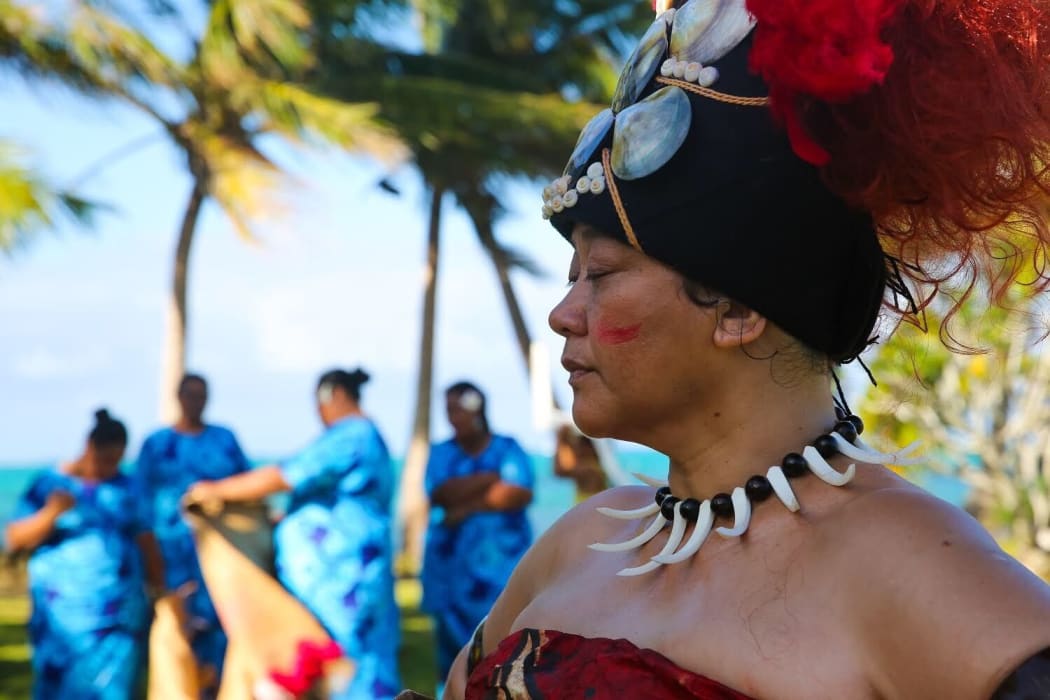Personally, I’m a firm believer in arriving at a movie blissfully ignorant, and being told anything I needed to know in - and by - the movie itself.

Photo: Supplied
But a couple of recent films have broken that rule – notably the recent horror-puzzler Us.
The internet is currently full of discussion of Jordan Peele’s original mythology behind Us, very little of which is actually in the film.
But I’m guessing he’s talked about the significance of doppelgangers, rabbits, tunnels and Government conspiracies at fan conventions.
But if you didn’t know already, I suppose you’re intrigued enough to want to find out – and social media is very good at starting those sorts of information hunts.
But sometimes you need some help before a film starts. For instance, the New Zealand compilation movie Waru expected you to know that the several component stories were inspired by one off-screen event - the tragic death of a child.
The eight stories were very different, but you were expected to recognize what the various Māori women were reacting to.
This week, a new film from the same producers features another eight stories, directed by women film-makers from different Pacific Islands. But it wasn’t until days after I saw it that I realized what specifically linked the stories. The film is called Vai.
Vai comes on the heels of another New Zealand film – the very successful Daffodils, which benefited from a highly effective publicity campaign.
If you didn’t know Daffodils was a musical, based on a hit stage-play, and built around Kiwi hit singles, mostly from the Eighties and Nineties, it certainly wasn’t the fault of the advertising.
Vai on the other hand has had a rather more selective publicity push. It’s been targeted, understandably, at the Māori and Pasifika audience, there have been one or two interviews.
But clearly the budget didn’t run to a massive TV campaign, giving the rest of us a hint at what it’s about.
The structure of Vai is very similar to that of Waru – eight seemingly unrelated stories, each roughly 10 minutes long, each told – more or less – in single shots.
This time I noticed a couple of cuts, indicating that the producers weren’t quite as uncompromising this time.
Each story features a woman character called – give or take language differences – Vai, which also means water.
And each one is set on a different Pacific Island, including Aotearoa New Zealand.
There are common threads in all the stories, though I was a little too obtuse to spot the most obvious one.
But in each story the lead character was being urged by her family and her village to go to New Zealand for an education.
In the Islands, the idea of emigration is both a blessing and a curse. On the one hand, the families are well aware that education is the key to progress. But on the other, breaking off from your roots can mean abandoning the people you left behind.
But being preachy and angry is not really the Pacific way. And the first thing you notice about Vai is that these islands are the closest thing to Paradise on Earth. Who would want to leave?
Certainly the first Vai – aged about 7, and living in Fiji – has no interest in going anywhere else, even if her family and friends can be a pain sometimes. But it’s nothing that can’t be solved by a sudden warm shower of rain.
But the other Vais – from 13 to late 60s, from Tonga to the Solomon Islands - have more complex reactions.
That’s a Vai who’s been at university for a couple of years, but feeling two sorts of pressure – from her teachers who want her to be a future leader, and from her family and friends, who just want more of her time.
Like Waru the stories are diverse, and sometimes a little bewildering. But cultural ignorance goes two ways. Isn’t it the job of the film-maker to bridge the gap, to explain unfamiliar ways of thinking to a non-Pacific audience?
Or should they simply advise the rest of us to catch up. Think about it, or look it up, which is eventually what I did.
It took a while to realise that, all these women, young and old, were the same Vai, just from different islands. Their stories were common to so many Pacific women – not so much stereotypical as universal.
I suppose I should have twigged when I realized that just about all of them had a brother called Elvis!
With most of the nine film-makers of Vai first or second-timers, it’s not surprising that some scenes worked better than others, though it was interesting hearing the varied responses from a crowded, multi-cultural audience.
My own favourite scene was the most dazzling technically. It takes place on, around and at one stage under a canoe at sea.
Once again the Most Valuable Players on Vai were the camera crew led by Drew Sturge and Simon Tutty.
How much should you know, going into Vai? I think you need to know something – look it up before you go, I’d say. Or do what I did – bask in it, then think about it afterwards. Either way, it’s a lovely piece of work.

